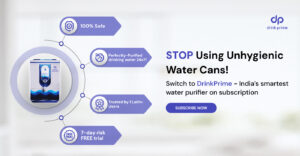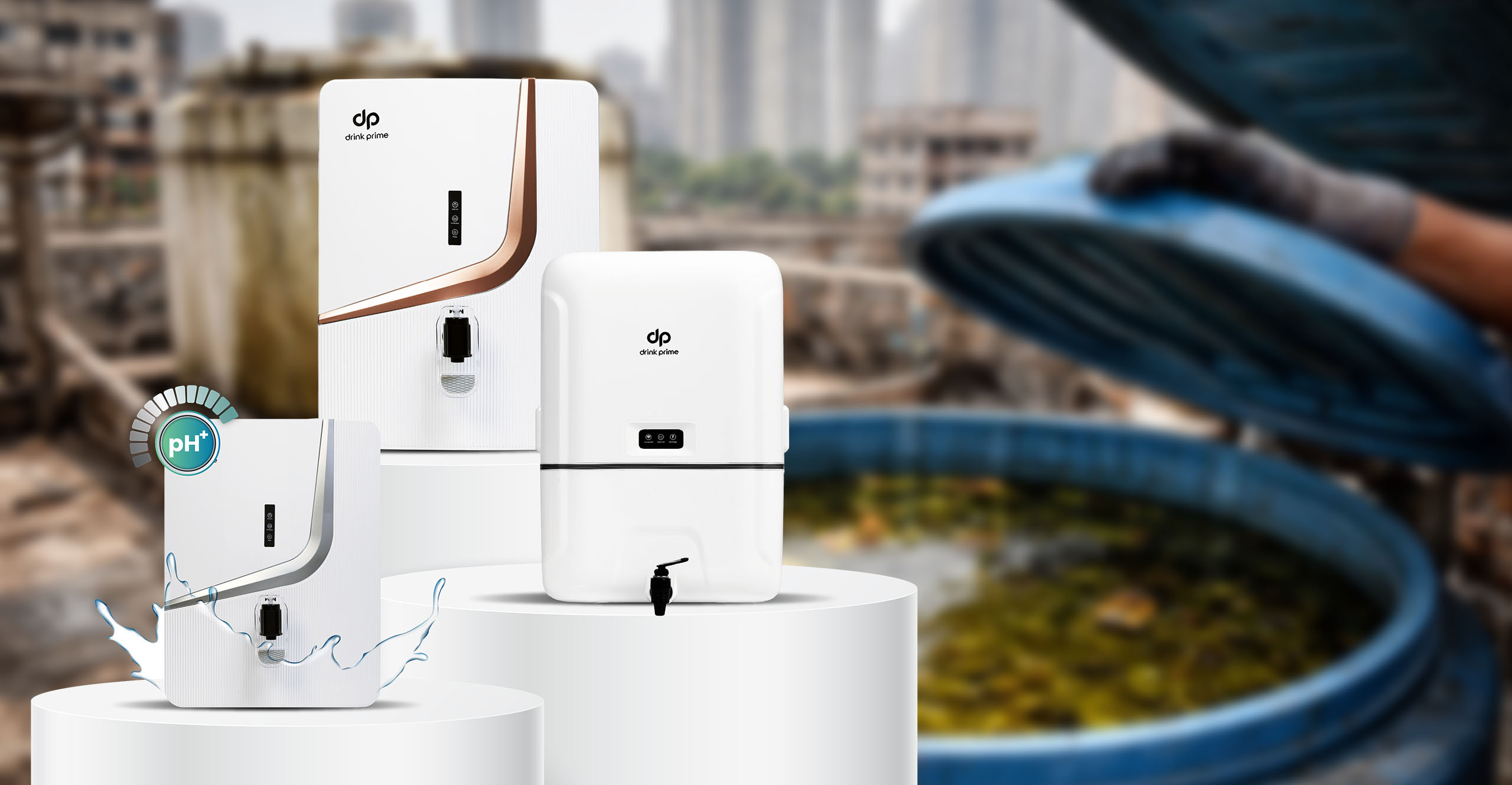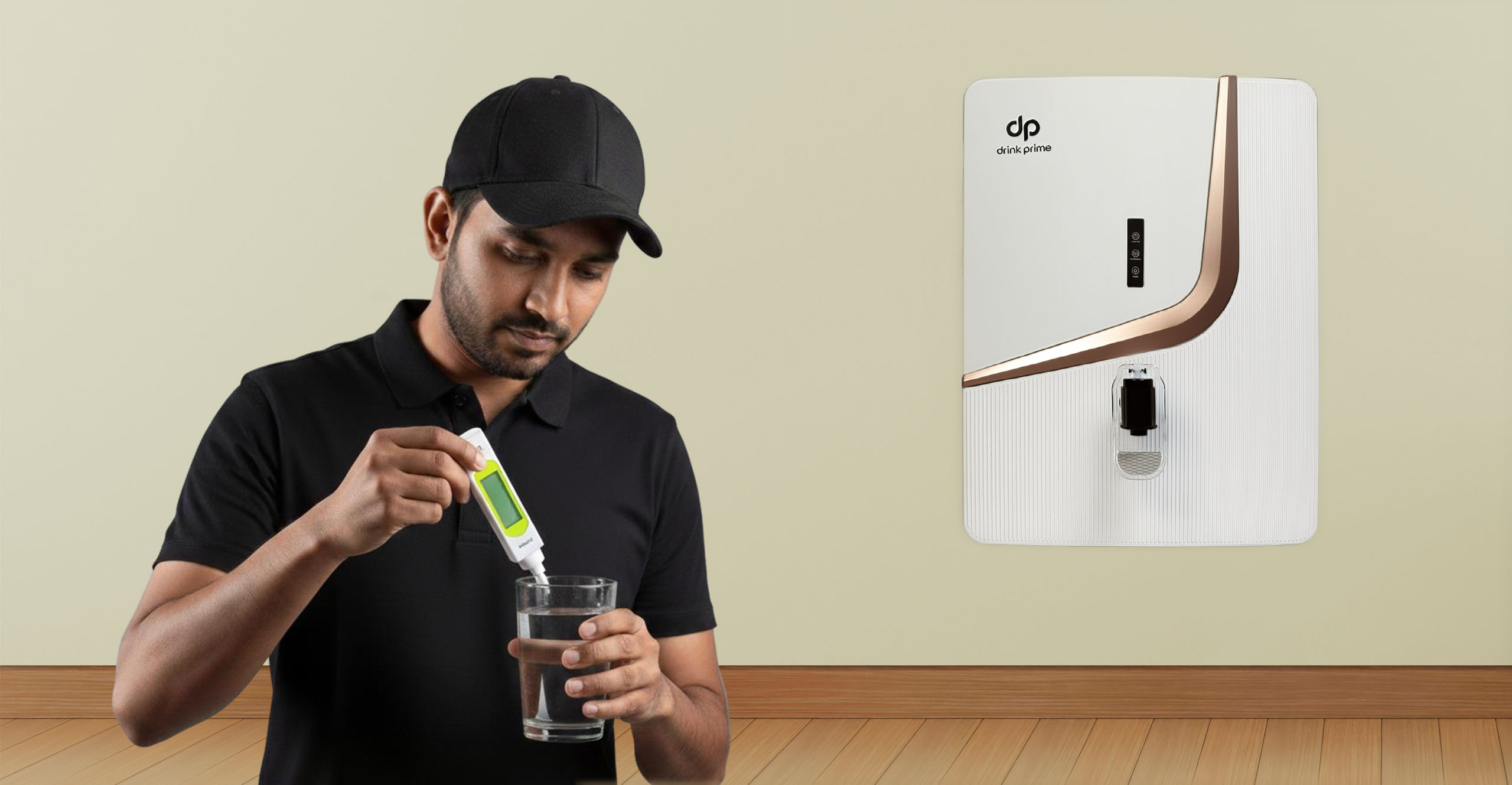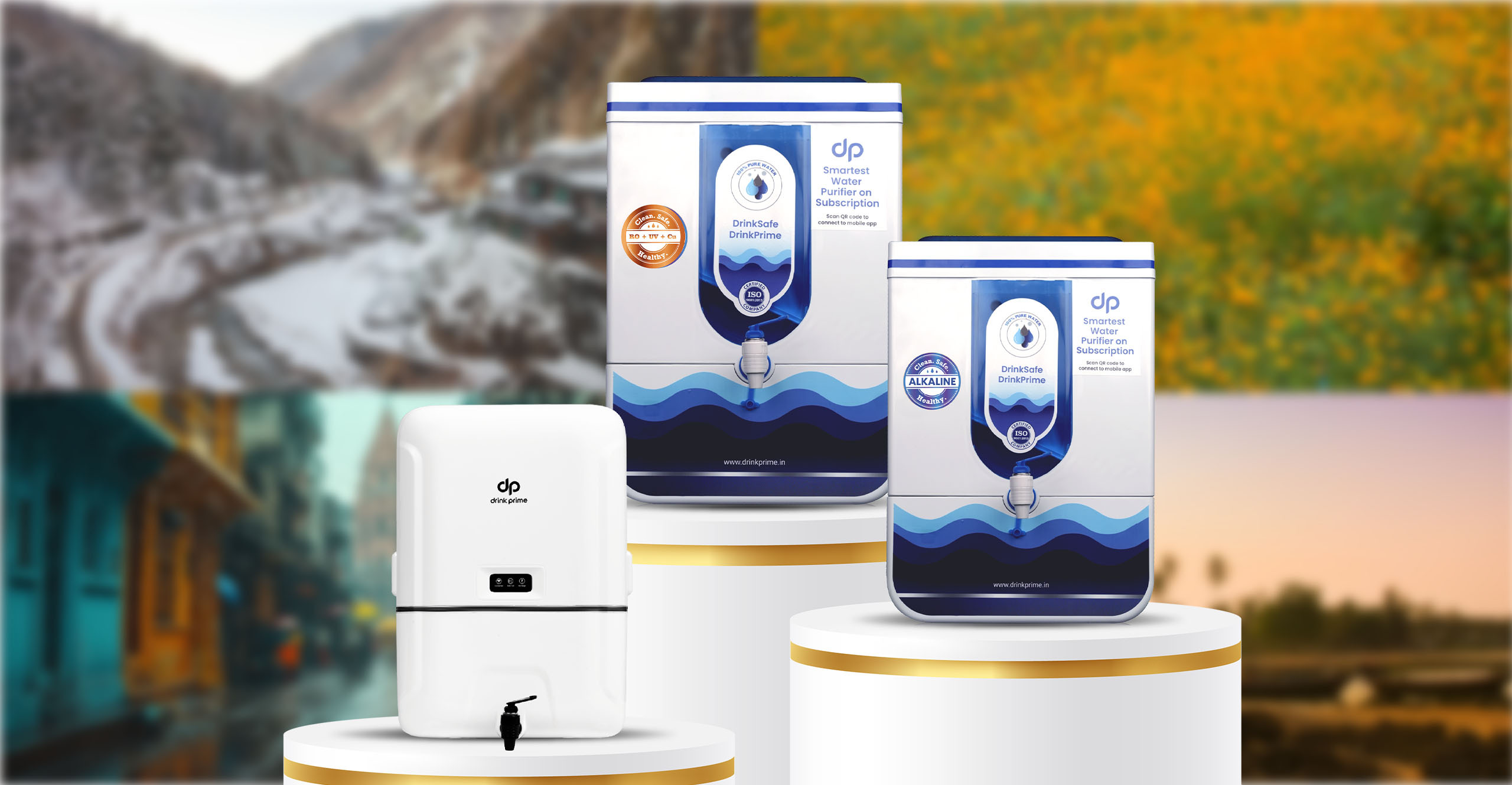Imagine turning on the tap, only to be met with foul-tasting water. Unfortunately, this scenario is becoming increasingly real thanks to climate change’s devastating impact of climate change on water quality.
Why is this happening? Firstly, the rains wash away fertilizers and pollutants from farms and cities straight into our rivers and lakes. This intensified runoff, fueled by erratic weather patterns, triggers an explosion of algae, sucking up oxygen and contaminating our drinking water.
Secondly, glaciers, nature’s frozen reservoirs, are melting at an alarming rate. While this might sound like a boon for thirsty regions, the meltwater often carries contaminants trapped for millennia, further compromising water quality.
But these are just some of the examples of the impact of climate change on water quality. In this blog, we delve into the impact of climate change on water quality, how they are related, and how we can solve this crisis.
What is the impact of climate change on water quality?
Climate change poses a multifaceted threat to the quality of our drinking water, creating a complex web of interconnected challenges that demand urgent attention. The impact of climate change on water quality and the availability of clean water is evident in the various ways environmental shifts impact our water sources.
1. Temperature Changes
One of the biggest impacts of climate change on water quality is the alteration of temperatures in water bodies. As global temperatures rise, lakes and rivers experience changes that extend beyond mere warmth. Elevated temperatures create an ideal breeding ground for harmful bacteria and algae, introducing potential contaminants into our drinking water reservoirs.
2. Extreme Weather Events
The increasing frequency and intensity of extreme weather events have dire consequences for the integrity of our water sources. Hurricanes and floods, exacerbated by climate change, result in runoff laden with pollutants and debris. These substances find their way into drinking water reservoirs, compromising their purity.
3. Sea Level Rise
The melting of polar ice caps, driven by escalating temperatures, contributes to rising sea levels. This rise, in turn, leads to the infiltration of saltwater into freshwater aquifers, rendering them unsuitable for drinking. Coastal communities are particularly vulnerable to this encroachment, thus highlighting the dangerous impact of climate change on water quality.
4. Causing droughts
Climate change disrupts established precipitation patterns, causing droughts in some regions and increased rainfall in others. Droughts diminish water availability, while heavy rainfall overwhelms water treatment systems, potentially leading to contamination.
5. Melting Glaciers
While the melting of glaciers releases freshwater, it also liberates pollutants and sediments trapped within the ice. Downstream drinking water sources may face increased contamination, highlighting the delicate balance between glacial melt and water quality.
How to reduce the impact of climate change on water quality?
The intricate interplay of these factors demands a comprehensive and proactive approach. From tackling climate change at a global level to developing resilient water management strategies, safeguarding the quality of our drinking water necessitates a united effort. The subsequent exploration of these ten facets aims to underscore the urgency of addressing climate change as a critical step toward ensuring the continued availability of clean and safe drinking water for generations to come.
How are water purifiers trying to adapt?
When it comes to the water purifier market, a plethora of brands are fervently innovating to combat the pressing global water crisis. As consumers navigate through the variety of options, the challenge lies in understanding which water purifier aligns with the fluctuating water quality prevalent in various areas, cities, and even within the same locality.
This is where DrinkPrime stands out by recognizing the paramount importance of real-time water quality monitoring. Distinguishing itself from generic brands, DrinkPrime employs a multifaceted approach to ensure its subscribers receive not only clean but also specifically tailored drinking water.
Continuous water quality monitoring
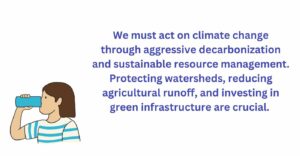
At the forefront of DrinkPrime’s strategy is area-wise water quality monitoring. Through the meticulous collection and analysis of water samples from households in different regions, the company obtains invaluable data. This data serves as the bedrock for identifying the unique purification needs of each area, allowing for a targeted and effective response to local water challenges.
Leveraging data
A proactive stance defines DrinkPrime’s commitment to providing residents with access to clean, safe, and healthy drinking water. Leveraging the insights derived from water quality data, we custom-build our water purifiers equipped with personalized or customized filters. This bespoke approach ensures that the purification systems are finely tuned to address the distinct water quality nuances present in specific areas.
IoT-enabled
What makes us different? The answer is our IoT-enabled monitoring system. Our smart water purifiers play a pivotal role by delivering real-time data on water quality and consumption patterns. This continuous stream of information empowers us to optimize the performance of our water purifiers, ensuring they operate at peak efficiency in removing contaminants from the water.
Solving water quality issues
This IoT-enabled monitoring allows DrinkPrime to swiftly identify and address water quality issues. By monitoring abrupt changes in parameters such as Total Dissolved Solids (TDS) or water hardness, we can respond promptly to emerging challenges, maintaining the integrity of the water purification process.
This is why when you choose DrinkPrime you are not just investing in a generic, outdated water purification system. For us water purification is a meticulous approach that considers the specific water quality of your location. The customized design of our water purifiers ensures they are not only effective but precisely attuned to remove all sorts of contaminants and characteristics unique to your area!
Get 7 Days Risk Free Trial
Conclusion
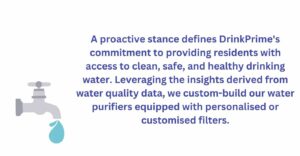
So, what can we do? We must act on climate change through aggressive decarbonization and sustainable resource management. Protecting watersheds, reducing agricultural runoff, and investing in green infrastructure are crucial. Simultaneously, proactive water treatment and monitoring systems can mitigate the immediate risks.
This is not just an environmental crisis; it’s a human one. We all depend on clean water for survival and a healthy planet. By recognizing the link between climate change and water quality, we can join the fight for a future where every tap dispenses not just water, but hope.

